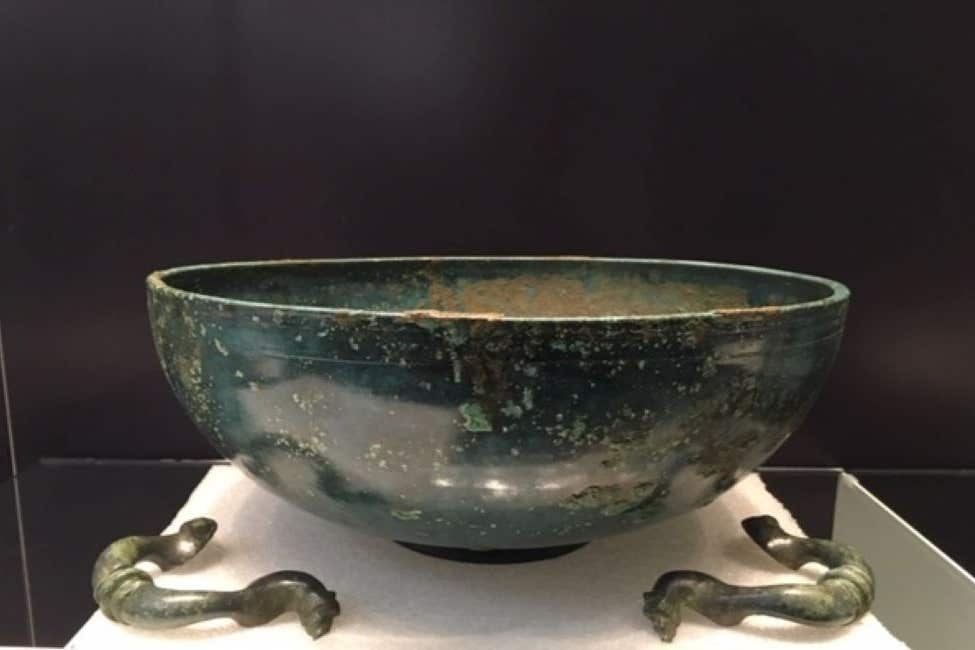Modern pesticide accelerates corrosion of ancient Roman bowl – study
The study highlights that soil polluted with chlorobenzenes may pose a continuing threat to the preservation of archaeological material.

Your support helps us to tell the story
From reproductive rights to climate change to Big Tech, The Independent is on the ground when the story is developing. Whether it's investigating the financials of Elon Musk's pro-Trump PAC or producing our latest documentary, 'The A Word', which shines a light on the American women fighting for reproductive rights, we know how important it is to parse out the facts from the messaging.
At such a critical moment in US history, we need reporters on the ground. Your donation allows us to keep sending journalists to speak to both sides of the story.
The Independent is trusted by Americans across the entire political spectrum. And unlike many other quality news outlets, we choose not to lock Americans out of our reporting and analysis with paywalls. We believe quality journalism should be available to everyone, paid for by those who can afford it.
Your support makes all the difference.A corroded Roman bowl dated as almost 2,000 years old contains traces of a modern chemical once used in pesticides.
The study highlights that soil polluted with chlorobenzenes may pose a continuing threat to the preservation of archaeological material still in the ground.
The chemicals are synthetic compounds that can be toxic at high levels and most have been banned in the UK following concerns about environmental pollution.
However, it is thought these compounds accumulated in the environment through previous agricultural and industrial use.
In the new study, researchers from the University of Oxford, and Conservation Science Investigations (CSI): Sittingbourne, analysed a Roman bowl from the Late Iron Age (between 43 and 410 AD).
Made of a copper-alloy, the vessel was found in 2016 on a farm in Kent, a site that was known to have been used for agriculture since at least 1936.
Luciana da Costa Carvalho and colleagues analysed the green and brown-coloured corrosion on the bowl to identify their different components.
They found elements that were indicative of the changes over time in the soil caused by human activities.
Researchers found chlorobenzenes present in the green-coloured corrosion.
The authors also found diethyltoluamide (also known as DEET) in the brown coloured corrosion, a modern compound that is still used in insect repellents.
They suggest that the chlorobenzenes were associated with increased corrosion in the Roman bowl.
They say that even though the chemical is no longer used in the UK, polluted soil may still threaten the preservation of archaeological material still buried and more research needs to be undertaken to better understand the processes involved.
Writing in the Scientific Reports Journal, the authors said: “Chlorobenzenes are common soil contaminants in rural areas from the use of pesticides, many of which were banned more than 50 years ago.
“Here we show that their presence is associated with accelerated corrosion and this provides a threat to the preservation of archaeological metal objects in the ground.”